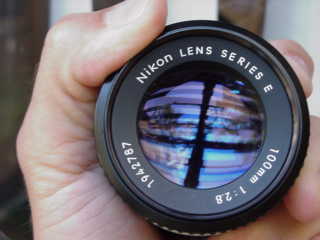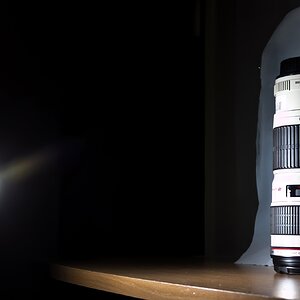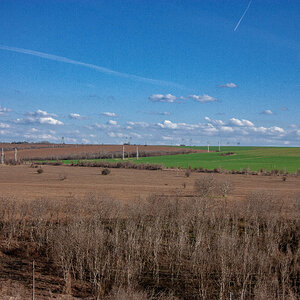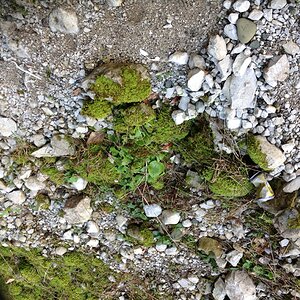EZzing
TPF Noob!
- Joined
- Sep 25, 2007
- Messages
- 61
- Reaction score
- 0
- Can others edit my Photos
- Photos OK to edit
I got on the internet this evening to look at my options for 120 film.
I was on the adorama site and noticed that some film was marked made in the USA for international and some was marked USA.
What are the differences?
Are there some types that should be avoided here in the U S because of processing or other problems?
And then another question??? I really like old folding cameras. I'm sure some had to have been made before color film was widely available, or maybe this is a misconception I have.
Should I avoid using color film in a camera without coated lenses? How can I tell if the lenses are coated?
Bill
I was on the adorama site and noticed that some film was marked made in the USA for international and some was marked USA.
What are the differences?
Are there some types that should be avoided here in the U S because of processing or other problems?
And then another question??? I really like old folding cameras. I'm sure some had to have been made before color film was widely available, or maybe this is a misconception I have.
Should I avoid using color film in a camera without coated lenses? How can I tell if the lenses are coated?
Bill




![[No title]](/data/xfmg/thumbnail/30/30868-01a498267fd96ce5b2d98347458d3903.jpg?1619734486)


![[No title]](/data/xfmg/thumbnail/40/40311-715dda8167abb793178d6abf7e8136fe.jpg?1619739414)

![[No title]](/data/xfmg/thumbnail/34/34686-9d6b51a2427064204f762b07c8b00f70.jpg?1619736602)
